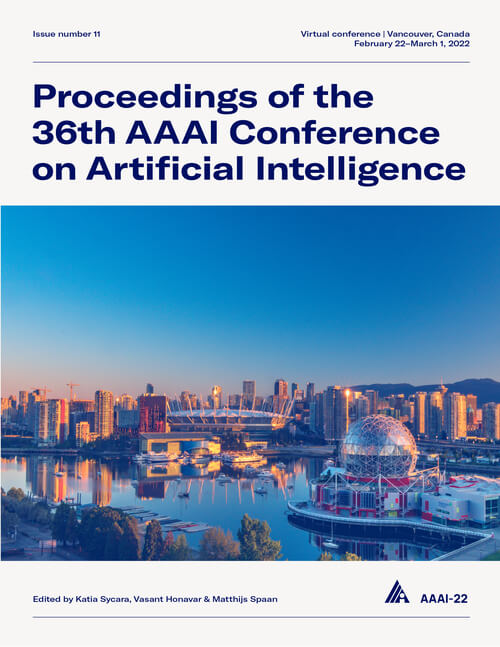Conditional Local Convolution for Spatio-Temporal Meteorological Forecasting
DOI:
https://doi.org/10.1609/aaai.v36i7.20711Keywords:
Machine Learning (ML)Abstract
Spatio-temporal forecasting is challenging attributing to the high nonlinearity in temporal dynamics as well as complex location-characterized patterns in spatial domains, especially in fields like weather forecasting. Graph convolutions are usually used for modeling the spatial dependency in meteorology to handle the irregular distribution of sensors' spatial location. In this work, a novel graph-based convolution for imitating the meteorological flows is proposed to capture the local spatial patterns. Based on the assumption of smoothness of location-characterized patterns, we propose conditional local convolution whose shared kernel on nodes' local space is approximated by feedforward networks, with local representations of coordinate obtained by horizon maps into cylindrical-tangent space as its input. The established united standard of local coordinate system preserves the orientation on geography. We further propose the distance and orientation scaling terms to reduce the impacts of irregular spatial distribution. The convolution is embedded in a Recurrent Neural Network architecture to model the temporal dynamics, leading to the Conditional Local Convolution Recurrent Network (CLCRN). Our model is evaluated on real-world weather benchmark datasets, achieving state-of-the-art performance with obvious improvements. We conduct further analysis on local pattern visualization, model's framework choice, advantages of horizon maps and etc. The source code is available at https://github.com/BIRD-TAO/CLCRN.Downloads
Published
2022-06-28
How to Cite
Lin, H., Gao, Z., Xu, Y., Wu, L., Li, L., & Li, S. . Z. (2022). Conditional Local Convolution for Spatio-Temporal Meteorological Forecasting. Proceedings of the AAAI Conference on Artificial Intelligence, 36(7), 7470-7478. https://doi.org/10.1609/aaai.v36i7.20711
Issue
Section
AAAI Technical Track on Machine Learning II

